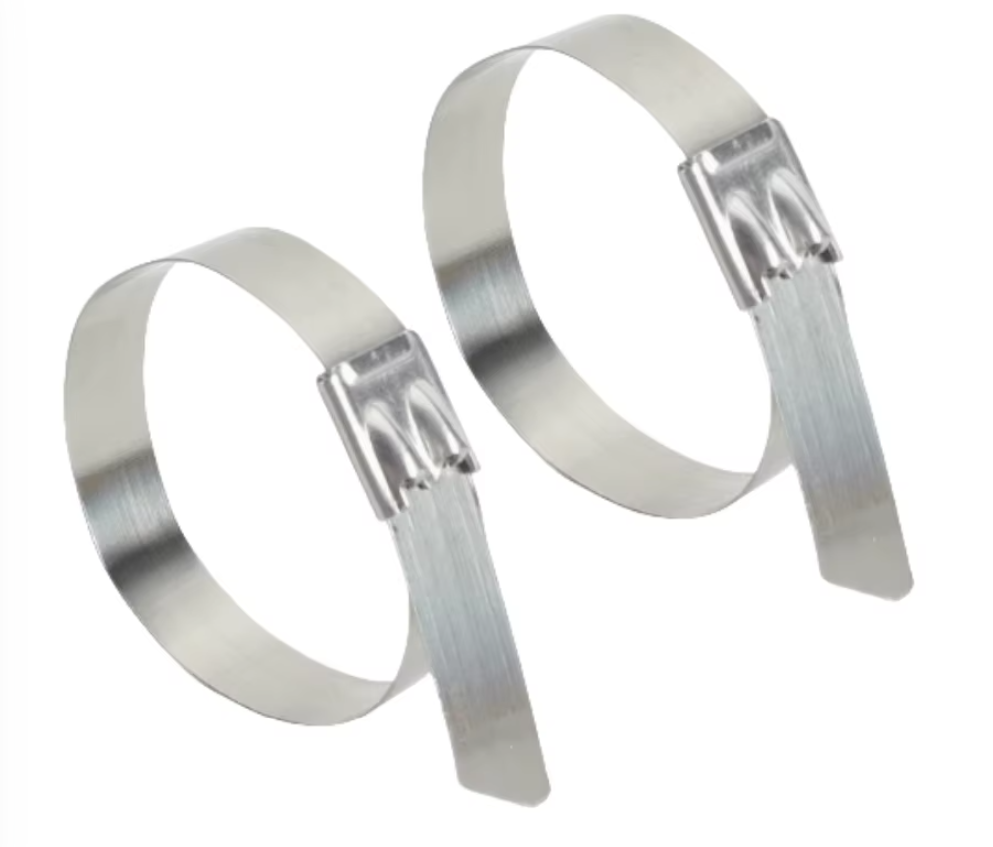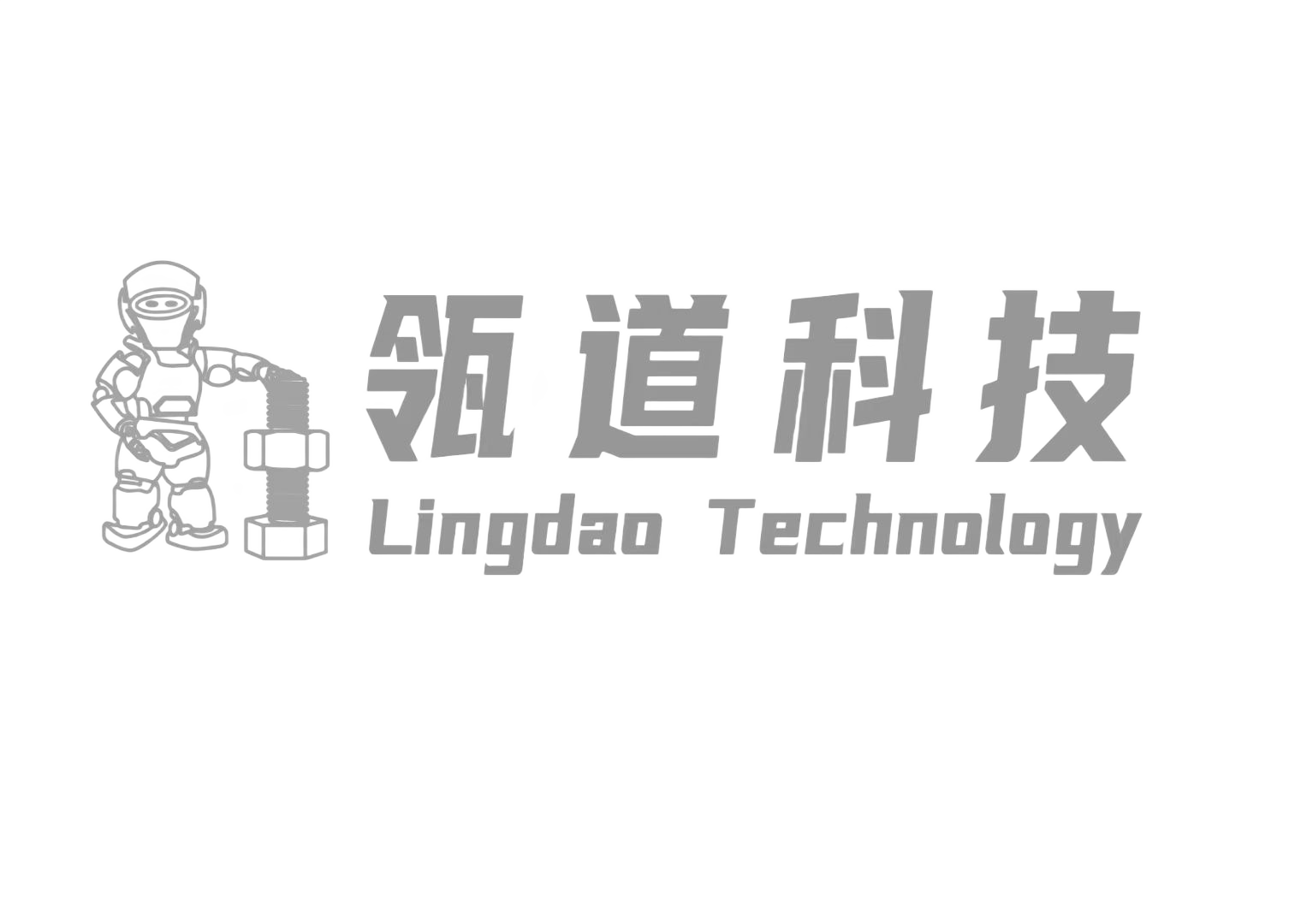Understanding Industrial Hose Clamp Requirements
In the demanding world of industrial operations, selecting the right heavy duty hose clamp is crucial for ensuring safety, efficiency, and equipment longevity. These essential components play a vital role in maintaining secure connections between hoses and fittings across various industrial applications, from chemical processing to heavy machinery operations. Making an informed decision about hose clamps requires understanding multiple factors that influence their performance and reliability.
Industrial environments present unique challenges that standard residential or lightweight clamps simply cannot handle. The presence of high pressure, extreme temperatures, corrosive substances, and constant vibration demands specialized heavy duty hose clamp solutions engineered specifically for these conditions. By understanding the key selection criteria and available options, facility managers and engineers can make better decisions to protect their equipment investments and maintain operational integrity.
Essential Factors in Hose Clamp Selection
Material Considerations and Durability
The material composition of a heavy duty hose clamp significantly impacts its performance and longevity. Stainless steel remains the premier choice for most industrial applications due to its exceptional strength, corrosion resistance, and ability to withstand extreme temperatures. Grade 304 stainless steel offers excellent general-purpose protection, while Grade 316 provides enhanced corrosion resistance for marine environments or chemical processing facilities.
Beyond stainless steel, specialized materials like zinc-plated carbon steel or high-grade aluminum alloys might be suitable for specific applications. The choice of material must align with the operating environment, taking into account factors such as chemical exposure, moisture levels, and temperature fluctuations. A properly selected material ensures the heavy duty hose clamp maintains its structural integrity throughout its service life.
Size and Pressure Ratings
Determining the correct size and pressure rating is fundamental to proper hose clamp selection. The clamp must accommodate both the hose's outer diameter and wall thickness while providing sufficient compression force to maintain a secure seal. Oversized or undersized clamps can lead to connection failures, while inadequate pressure ratings may result in dangerous leaks or complete system failures.
Industrial applications typically require heavy duty hose clamps with higher pressure ratings than standard variants. It's essential to consider not just the normal operating pressure but also potential pressure spikes and surge conditions. A safety factor of at least 1.5 times the maximum expected pressure should be incorporated into the selection process to ensure reliable performance under all conditions.

Design Features and Installation Requirements
Clamping Mechanism Types
The clamping mechanism design directly affects installation ease, maintenance requirements, and long-term reliability. Worm gear clamps represent a popular choice in industrial settings, offering excellent adjustability and consistent pressure distribution. T-bolt designs provide superior clamping force for high-pressure applications, while quick-release mechanisms might be preferred in situations requiring frequent maintenance access.
Each heavy duty hose clamp design brings its own advantages and limitations. Bridge-style clamps excel in heavy-duty applications where maximum strength is required, while constant-tension designs help maintain proper sealing force despite temperature fluctuations and hose material expansion or contraction. Understanding these design variations enables selection of the most appropriate clamping mechanism for specific operational requirements.
Installation and Maintenance Accessibility
Proper installation is crucial for optimal performance of any heavy duty hose clamp. Consider the available space for installation and future maintenance access when selecting clamp styles. Some designs require specific tools or torque settings for proper installation, while others offer tool-free adjustment capabilities. The accessibility factor becomes particularly important in cramped machinery spaces or areas where regular inspections are necessary.
Installation orientation and clearance requirements should also influence clamp selection. Adequate space must exist not only for initial installation but also for periodic retightening and inspection. Some heavy duty hose clamp designs incorporate visual indicators or marking systems to facilitate proper installation and maintenance procedures, reducing the risk of improper assembly or over-tightening.
Environmental and Application-Specific Considerations
Temperature Range Compatibility
Industrial environments often involve extreme temperatures that can affect clamp performance and longevity. A heavy duty hose clamp must maintain its structural integrity and clamping force across the entire operating temperature range. This includes both sustained temperature exposure and cyclic temperature variations that may occur during normal operations.
Different materials and designs exhibit varying thermal expansion characteristics. Selecting clamps with appropriate temperature ratings prevents issues like loosening during thermal cycling or material degradation at elevated temperatures. Special consideration should be given to applications involving cryogenic temperatures or high-temperature process fluids.
Chemical Resistance Requirements
Chemical compatibility represents a critical factor in many industrial applications. The selected heavy duty hose clamp must resist degradation from both the materials being conveyed and environmental exposures. This includes consideration of cleaning agents, atmospheric conditions, and any chemical splashes or vapors present in the facility.
Proper material selection extends beyond just the clamp body to include any coatings, gaskets, or auxiliary components. Even small amounts of chemical attack can compromise clamp integrity over time, potentially leading to expensive downtime and safety hazards. Documentation of chemical compatibility should be obtained from manufacturers when selecting clamps for challenging chemical environments.
Frequently Asked Questions
How often should heavy duty hose clamps be inspected?
Regular inspection intervals depend on the application severity and operating conditions. As a general guideline, perform visual inspections monthly and detailed examinations quarterly. Critical applications may require more frequent monitoring, while less demanding situations might allow extended inspection intervals. Always document inspections and maintain records of any adjustments or replacements.
What torque specifications should be used for installation?
Torque requirements vary by clamp size, style, and manufacturer specifications. Always consult the manufacturer's documentation for precise torque values. Over-tightening can damage both the clamp and hose, while insufficient torque may result in leaks. Using a calibrated torque wrench during installation ensures proper clamping force.
Are reusable heavy duty hose clamps cost-effective?
Reusable clamps often provide excellent value despite higher initial costs. They offer advantages including easier maintenance, consistent performance across multiple installations, and reduced waste. However, some applications may require single-use clamps for safety or regulatory compliance. Evaluate lifecycle costs and application requirements when making this decision.
What safety certifications should be considered?
Look for relevant industry certifications such as ISO 9001, pressure equipment directives, and material compliance standards. Specific applications may require additional certifications like FDA approval for food processing or ATEX certification for explosive atmospheres. Always verify that chosen clamps meet all applicable safety and regulatory requirements for your specific industry.

